I spent another winter in Costa Rica, so I was able to flee from the cold and enjoy the tropical flora and fauna. Back in Germany, I also appreciate the European species. The timing is perfect, since Amphibians are by far most active during spring time.
Unfortunately I missed the annual meeting of dozens of Common Frogs (Rana temporaria) in their breeding pools, but I was lucky enough to find a single one sitting on a meadow close to a pond. The Common Toads (Bufo bufo) arrive a little bit later at the ponds and also they stay much longer in the water before they go back to the forest, so I was able to watch many of them.
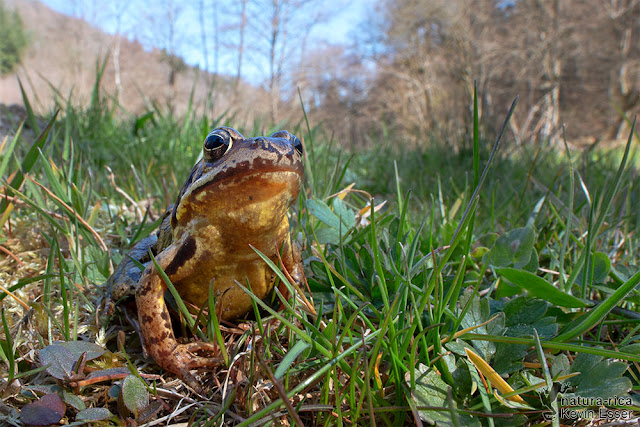 |
| Rana temporaria - Common Frog |
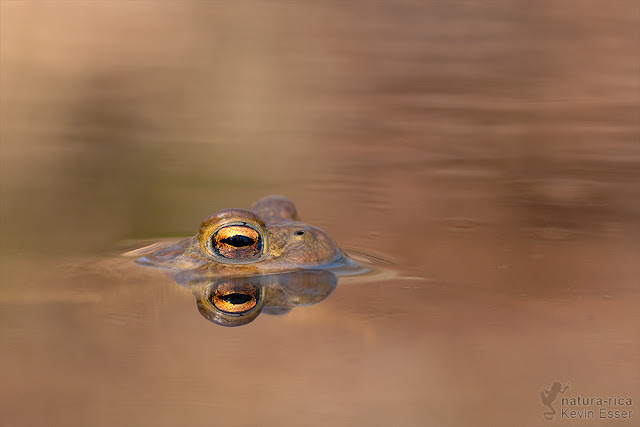 |
| Bufo bufo - Common Toad |
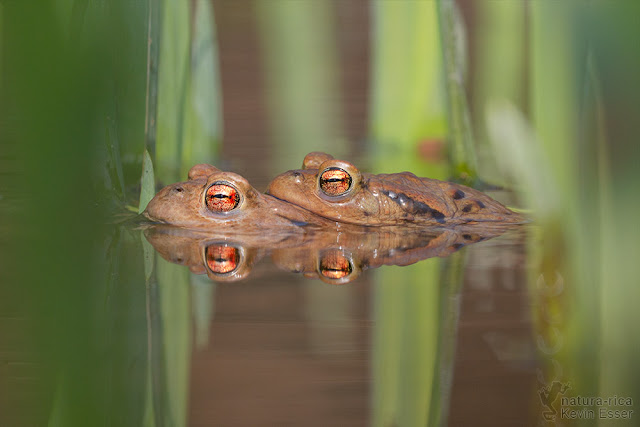 |
| Bufo bufo - Common Toads, mating |
Last year I showed a picture of an adult Barred Fire Salamander (Salamandra salamandra terrestris) at the
Amphibious welcome in Germany So now it is time for a picture of a cute Salamander Larva.
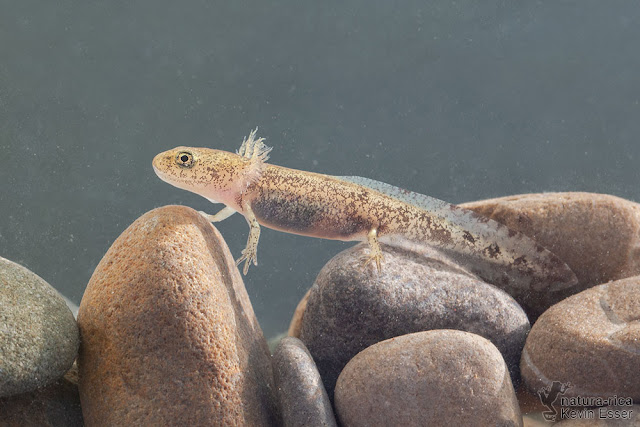 |
| Salamandra salamandra terrestris - Barred Fire Salamander, Larva |
You can tell the Palmate Newt (Lissotriton helveticus) is a male by the webbed hind feet and a low, smooth crest along the back that continues into a slightly higher crest on the tail, ending in a thread-like tip.
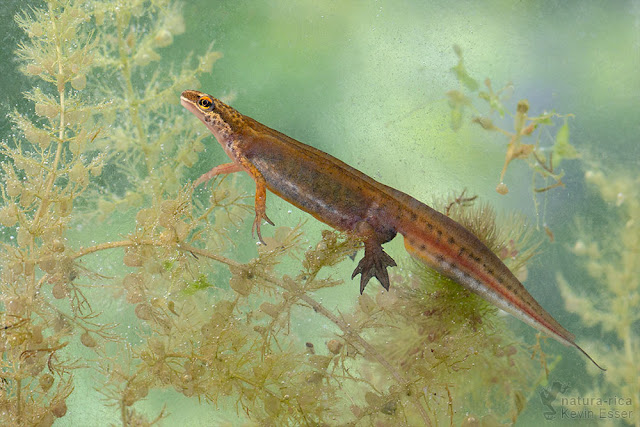 |
| Lissotriton helveticus - Palmate Newt, male |
Samira and I were super happy to find a beautiful and rare European Spadefoot Toad (Pelobates fuscus). We named this little cutie "Klumpi". The Pool Frog (Pelophylax lessonae) is way more common, but still very pretty.
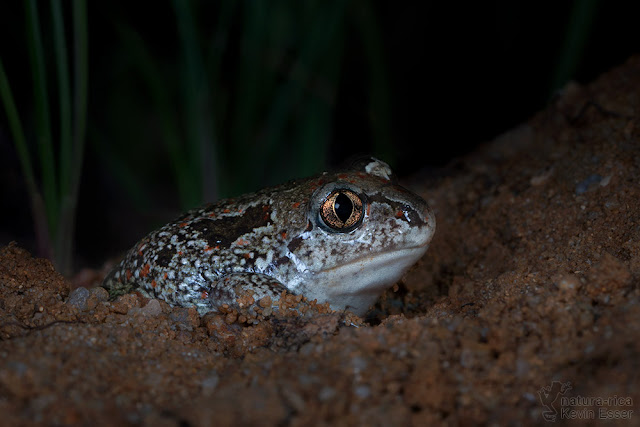 |
| Pelobates fuscus - European Spadefoot Toad, "Klumpi" |
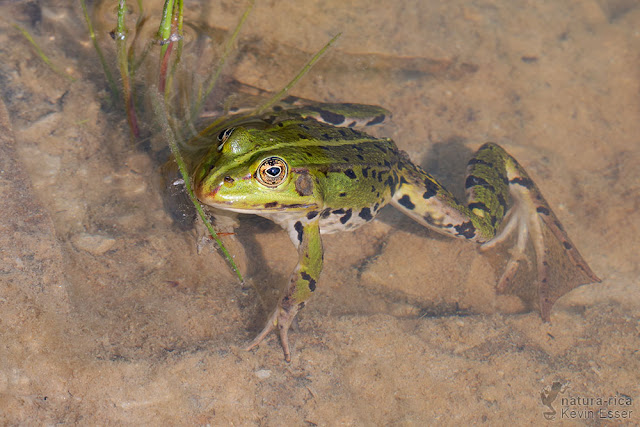 |
| Pelophylax lessonae - Pool Frog |






